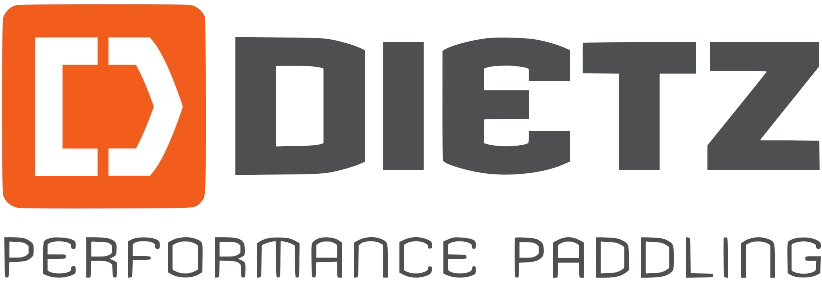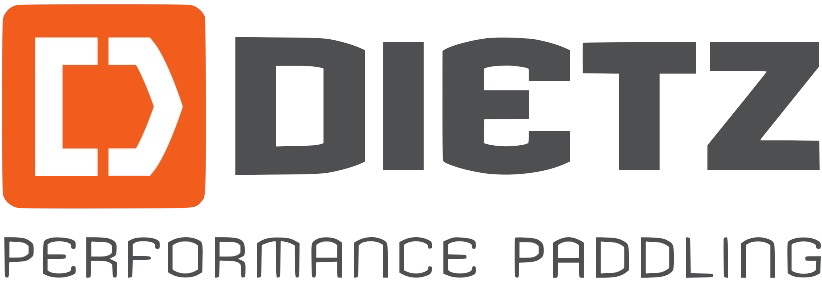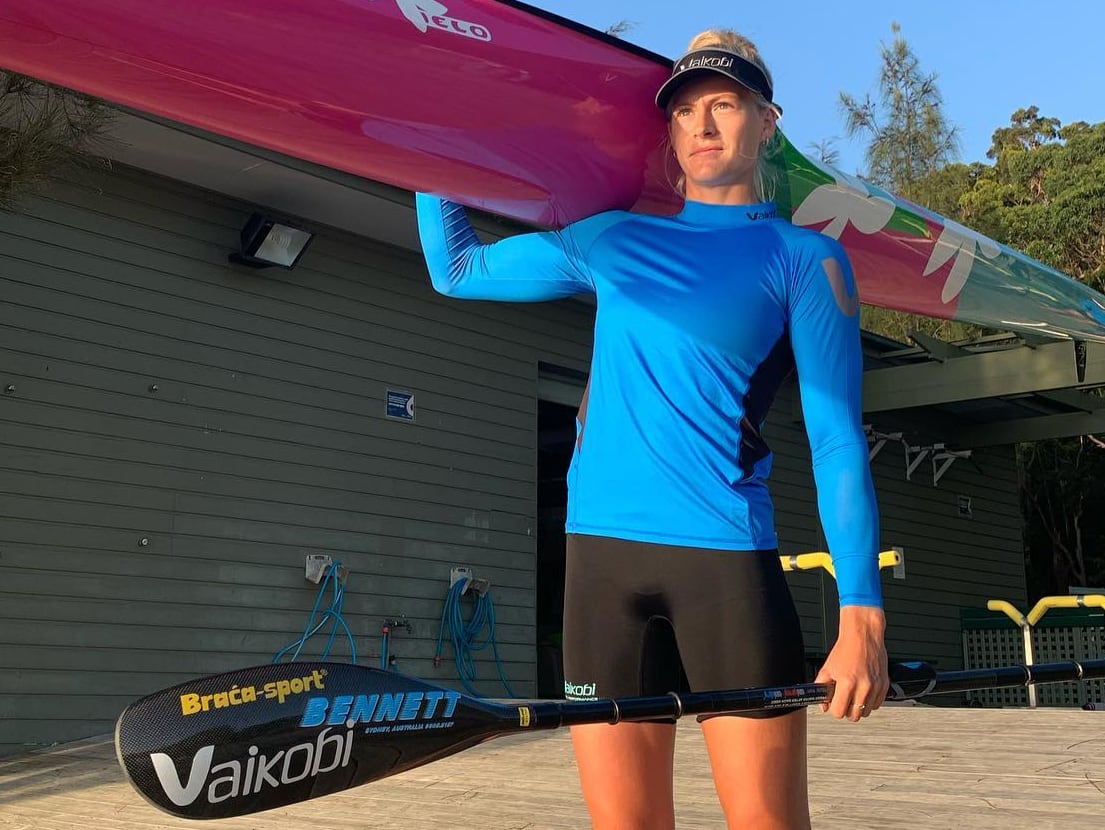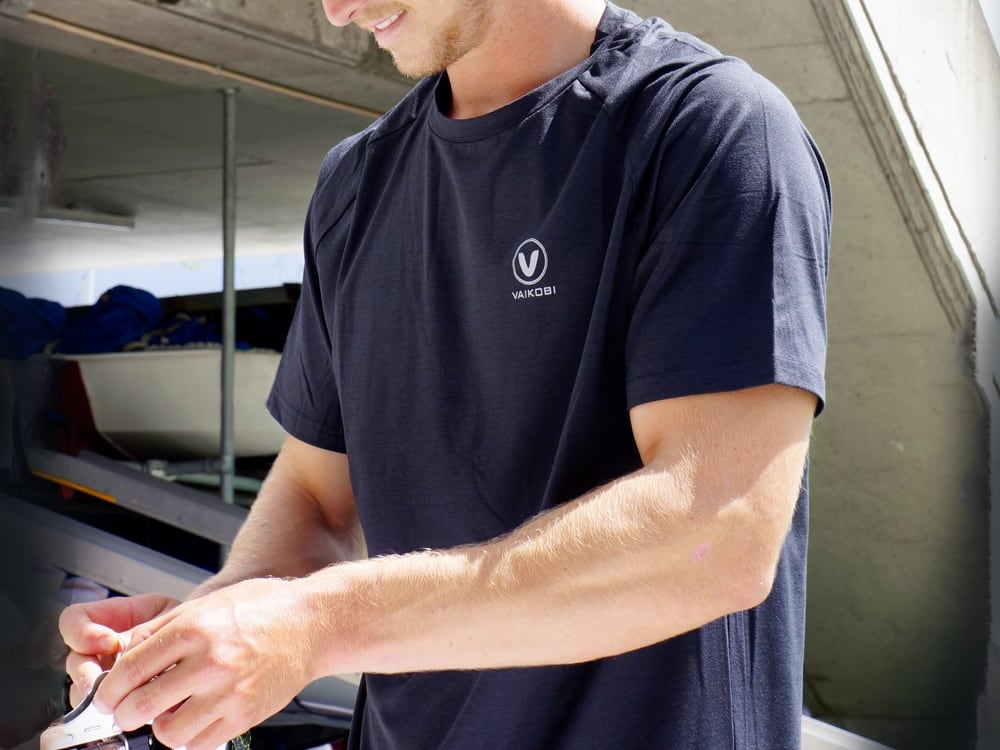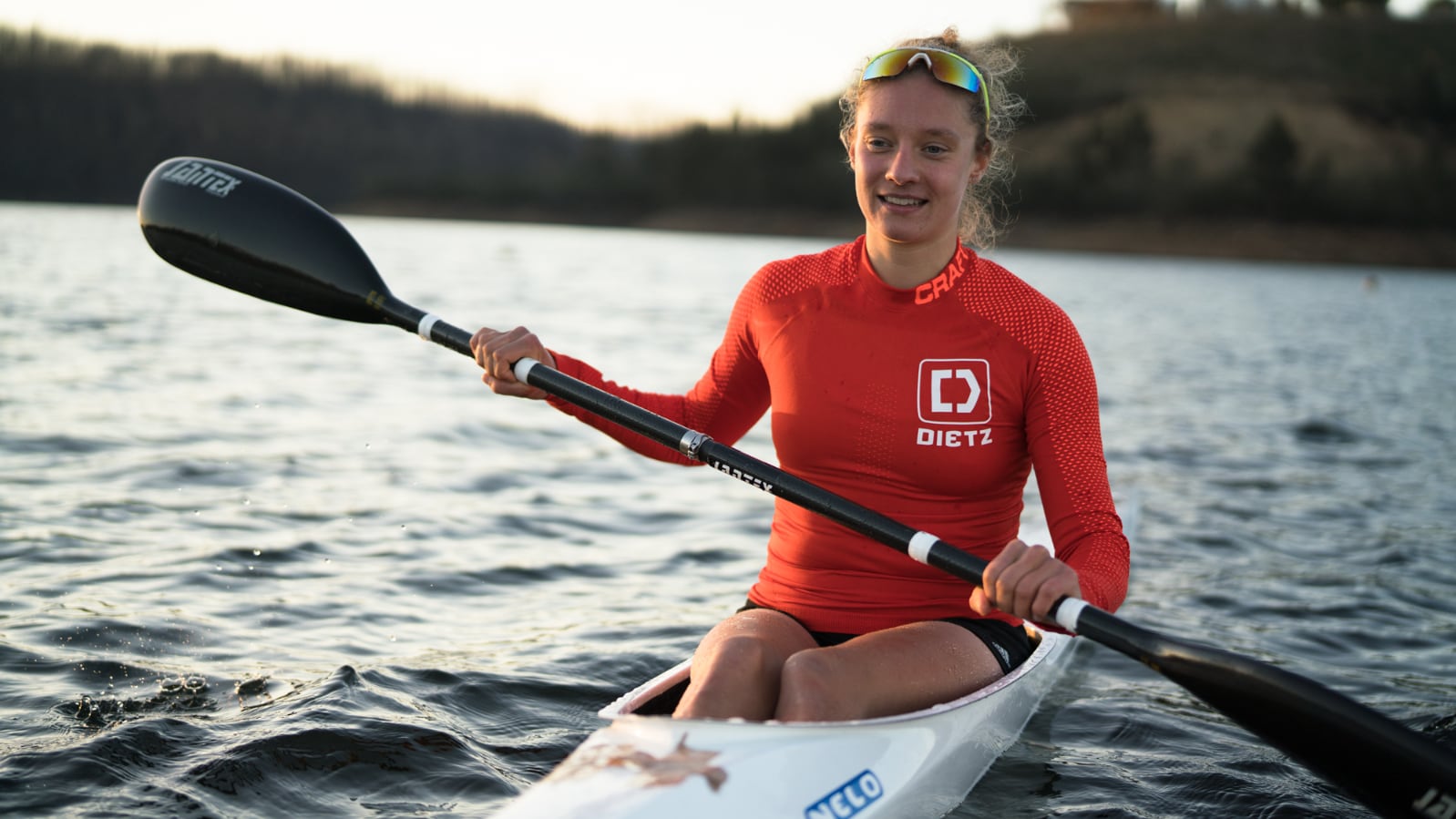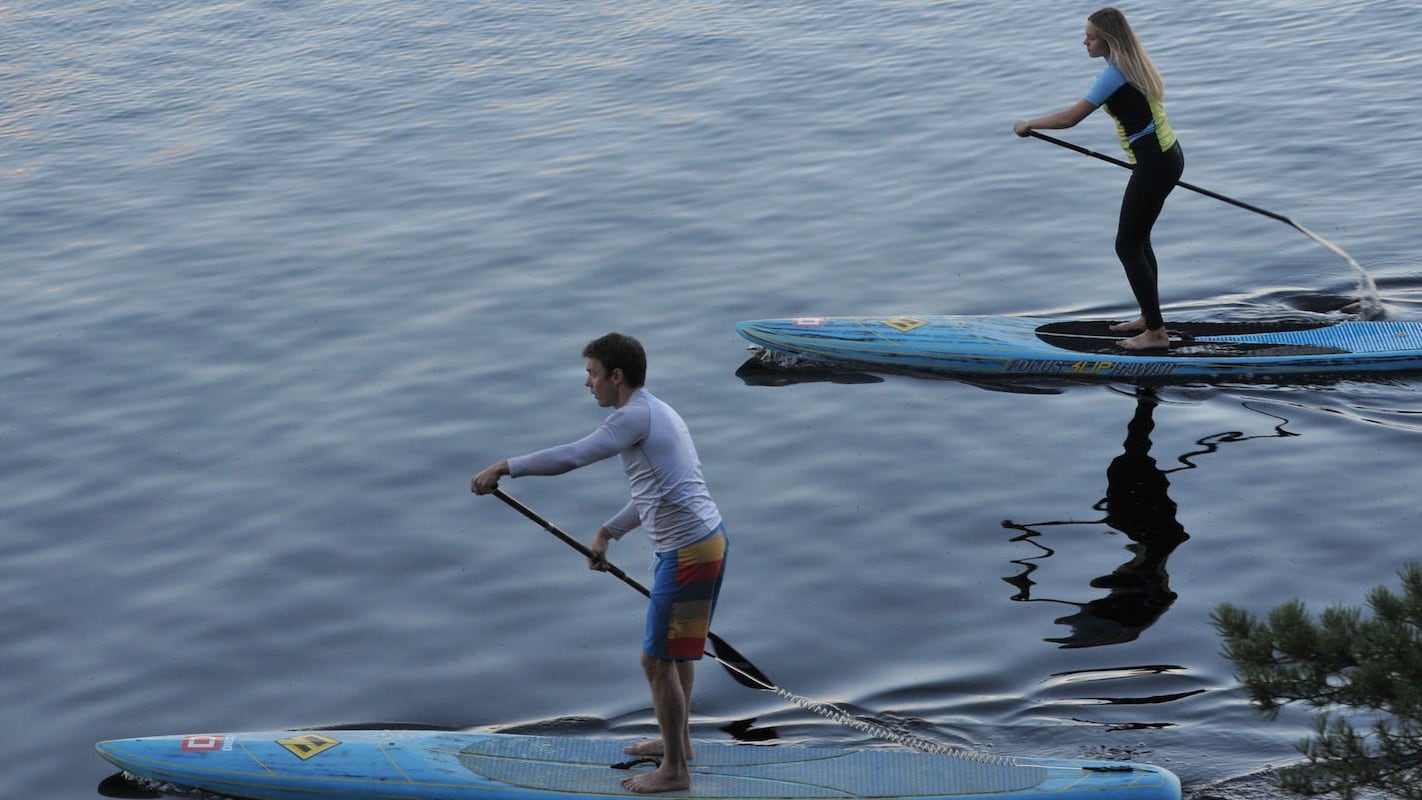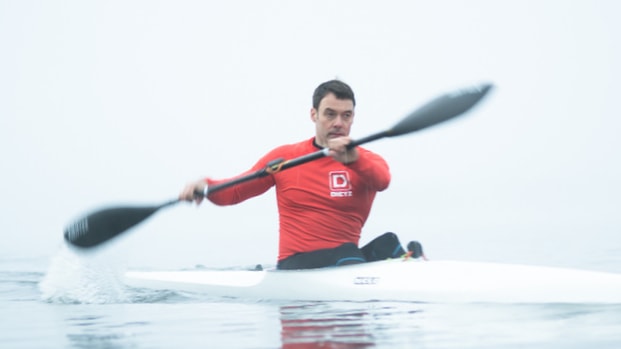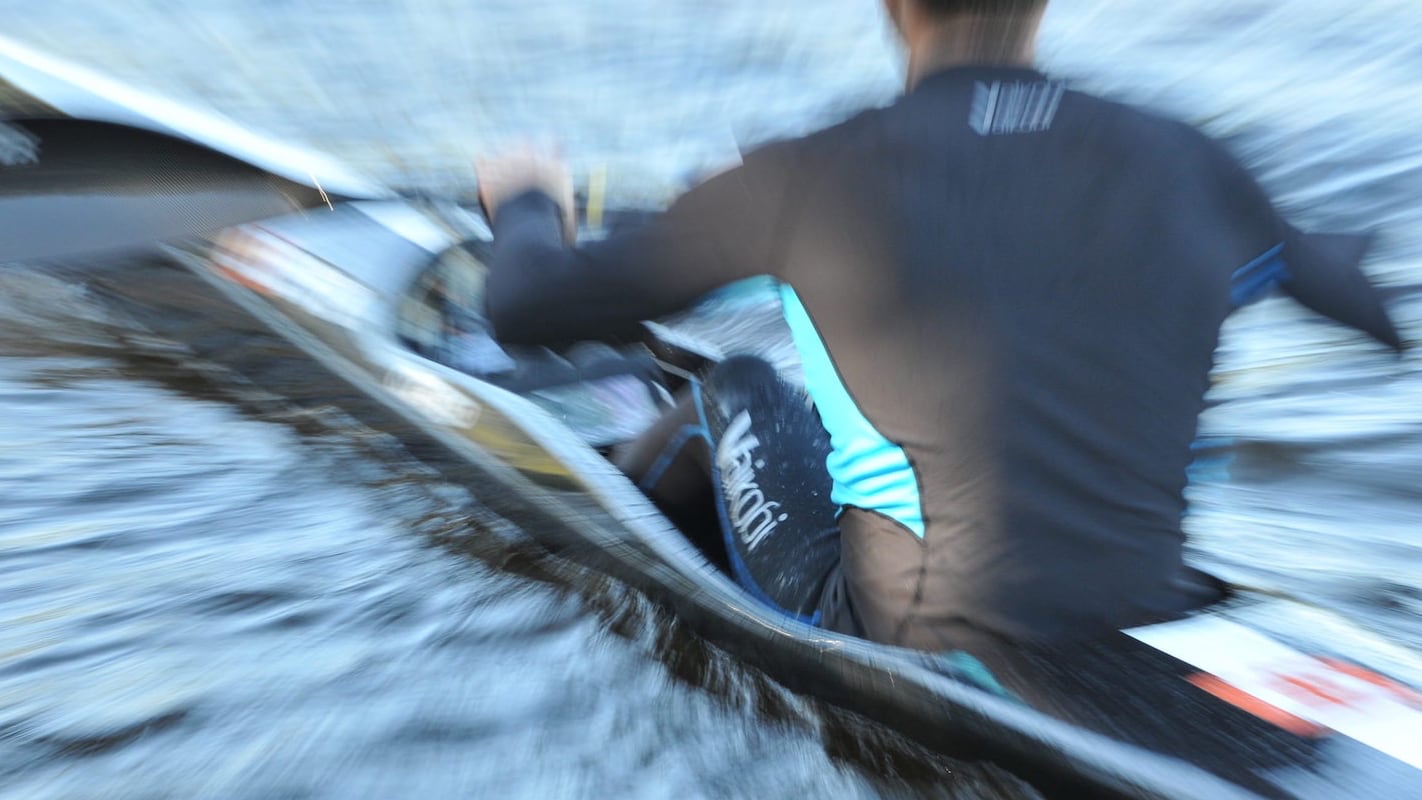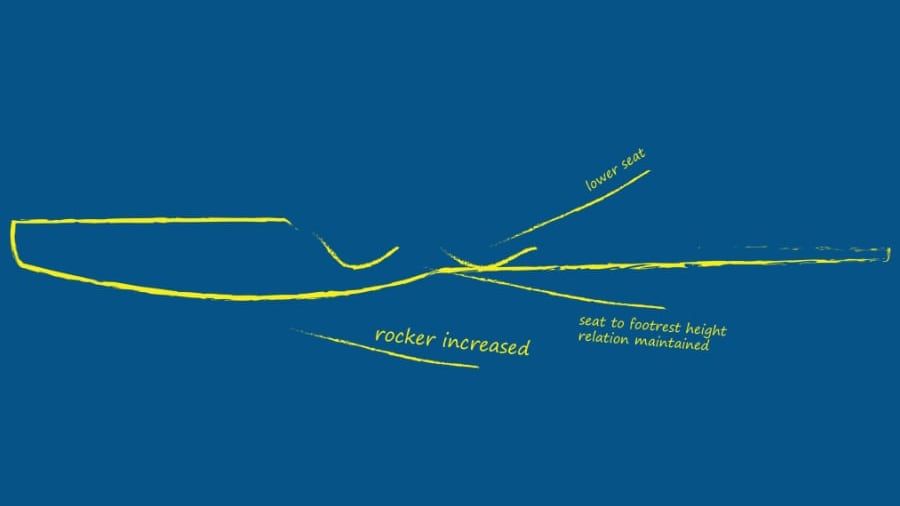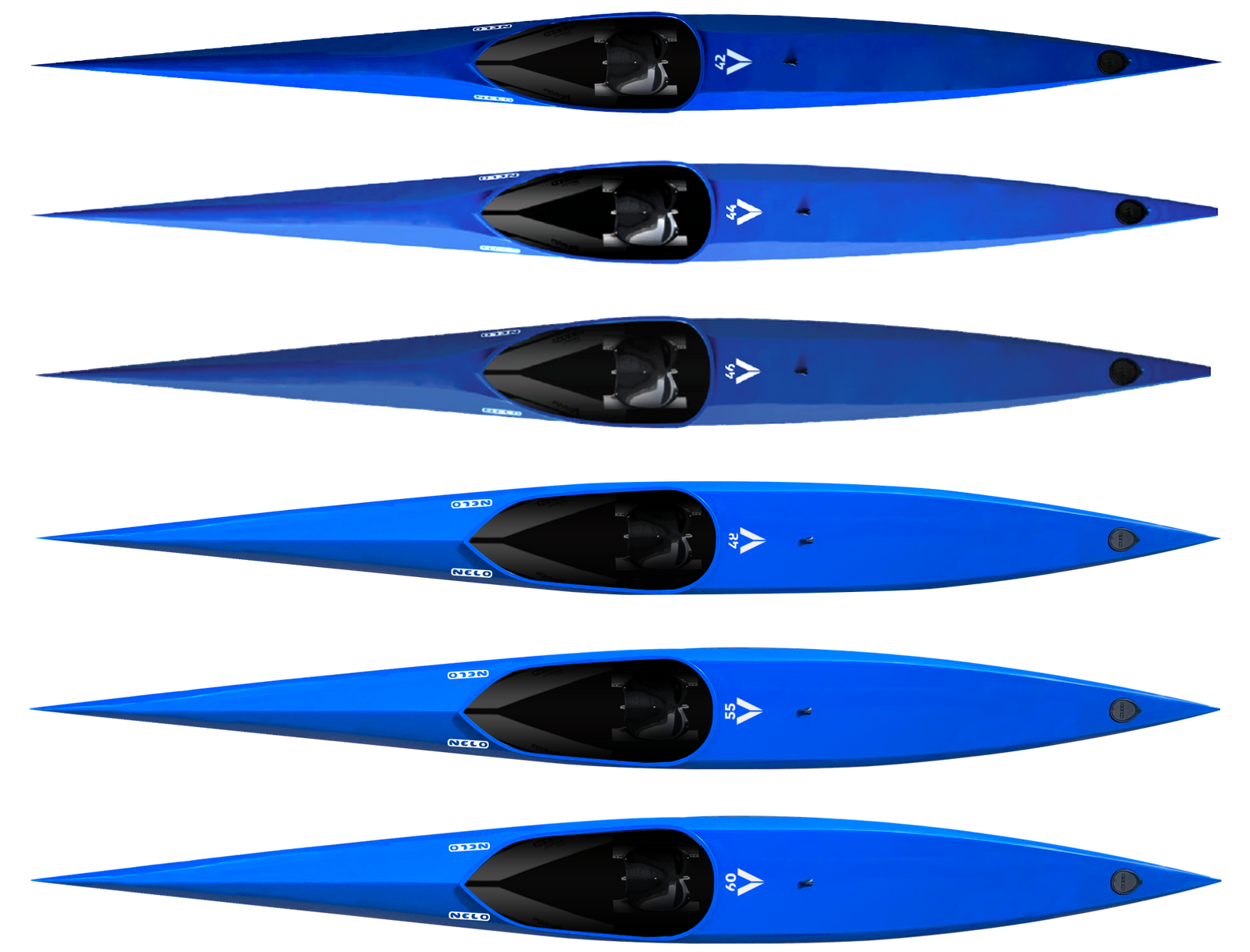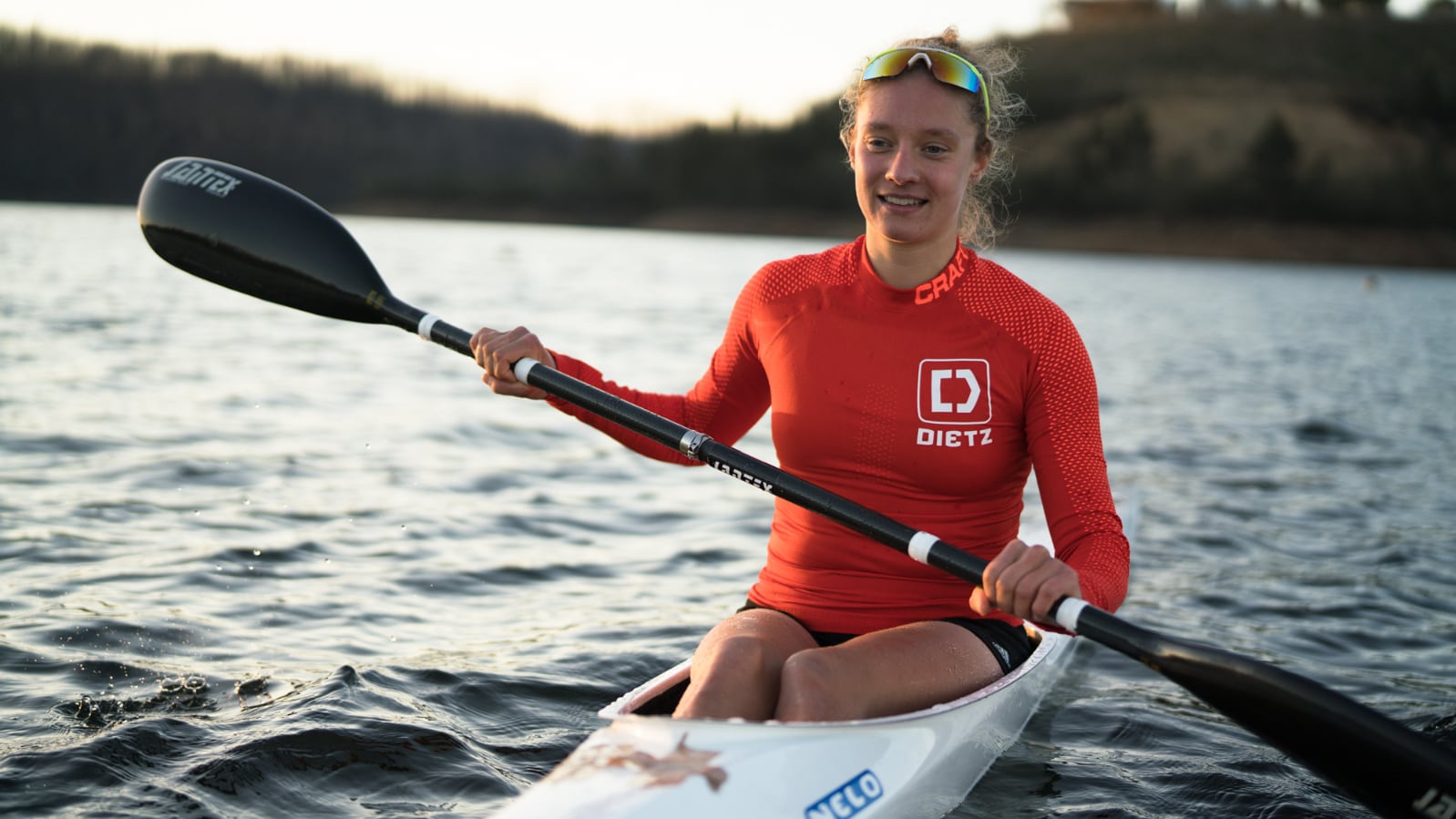
How to choose a wing paddle
Choosing the right paddle can feel like a big challenge at first. And we can assure you that it won't get easier as you gain more experience. Like everything else, your requirements and expectations will rise with your skills.
We have helped both world champions and many beginners with selecting the right paddle for them. In this guide, we give you a comprehensive overview of what is important when choosing the right wing paddle for your needs. If you follow this guide, you will then have an idea of the factors that play a role in your purchase. And you will be better able to judge for yourself if someone who talks wing paddles with you knows their stuff.
Some of the features may only be important for advanced paddlers. However, the following basic factors are important to get right:
- Paddle length
- Blade size
- Blade shape
1 Paddle Length
Choosing the right paddle length is influenced not only by your body height and seat height in the kayak, but also by your technique and type of kayak or surf ski. The following formula will help you approximate your paddle length by about +1.5 cm.
(252 + body length in cm) ÷ 2 = paddle length in cm
eg body length 185 cm: (252 + 185) ÷ 2 = 218.5 cm
For surf skiing, subtract about 6 cm from the result in the formula to get the right length of your wing paddle. The formula works best for people between 170 - 190 cm. You can get a more accurate result here with our paddle calculator.

2 Blade Size
In general, you should be able to paddle with the desired paddle frequency over the distance you usually paddle during training/competition. Guidelines for racing kayaks are 76-82 (men) or 74-80 (women) paddle strokes/min at distance speed and 82-88 (men) or 80-86 (women) paddle strokes/min at interval speed. Another sign that your paddle blades are too big can be that you get too much lactic acid during interval training without reaching an appropriate heart rate.
3 Paddle Angle
For an effective wing paddle technique, you should bring the pushing hand (upper hand) to the level of your eues or forehead (a little lower in surfskis). When you lift the paddle on the side you are holding (right side for right-twisted paddles), you should be able to insert the paddle on the other side without having to twist your (right) wrist. If you have to twist your wrist slightly upwards, it's not too bad. However, if you have to turn your wrist downwards to insert the paddle at the right angle, you should raise the angle of the paddle. In general, you can say that you should have more angle the steeper your paddle stroke is. For racing kayaks, the wing paddle angle is usually between 45° and 70°.
4 Shaft Stiffness
Soft shaft is recommended for surfskis, sea kayaks, children and for paddlers with wrist problems. For racing, a medium or stiff shaft is recommended. If you're a recreational kayaker, go for a soft shaft if you choose a more aggressive blade shape. Otherwise, you can choose a medium or stiff shaft. Feel free to ask us.
5 Blade Shape
The blade shape is perhaps the most difficult to choose. Here are some basic explanations of the shape of the wing paddle.

5.1 Functional Principle
When you pull the paddle through the water, the water splits at the front of the blade (the side facing you). On a flat paddle, the water flows around the blade and gathers at the back again where it forms vortices that cause the paddle to release its grip in the water. On a winged paddle, the water wants to go the same way but the water that wants to flow outwards (away from the kayak) is stopped at the lip on the outside of the blade, turned and pushed back (towards the kayak). This causes the paddle to 'bounce' outwards. And this is where the actual wing effect begins. The paddle moves sideways and the water now flows more or less directionally over the blade. On the back side of the blade (the side pointing in the direction of travel) has to go a longer way, creating a negative pressure and 'sucking' the paddle forward. In ideal conditions, the effect can be so great that you exit the paddle further forward in the water than where you entered it. This is important to know in order to understand the following influencing factors.
5.2 The Length of the Lip
The longer the lip on the outside of the blade in relation to the size of the blade, the greater the overall wing effect. A long lip is mainly found in long narrow blades such as Lettmann Warp. In so-called teardrop-shaped blades such as Jantex Beta Rio, the compact blade length is compensated for by a slightly more flared lip.
5.3 The Length of the Blade
A blade with a shorter length takes hold in the water more quickly. This means above all that the power develops faster and that you have better control, e.g. waves where you have to react quickly. A longer paddle (like the Lettmann Warp), on the other hand, makes the paddle more stable in the water.
5.4 The Angle of the Blade
This means the angle between the shaft and the blade. The difference between different paddles is not huge, but it can be useful to know what effect the angle has. Most paddles are slightly angled forward which makes them more stable in the water. The smaller the angle, the better the power is directed directly at the catch but at the expense of control over the blade.
5.5 The rotation of the blade
Straight blades (with no or little twist in the blade) develop the most power at the beginning of the paddle stroke. Immediately after the catch, the entire blade is optimally positioned to develop maximum wing effect. During the stroke, the paddle rotates slightly around its own axis, changing the blade position and reducing the wing effect. To use this type of paddle optimally, most of the power should be applied to the blade immediately after catch. These paddles are therefore best suited if you generally like a more explosive paddling style or if you do a lot of sprint distances where this type of paddling dynamic is most effective. Straight blades are for example Jantex Beta Rio (almost no twist), Braca I and Braca IV (both with little twist) but also Lettmann Warp.
Twisted blades have a more even distribution of the wing effect over the entire paddle stroke. When inserted, only part of the blade (the upper one) is at the optimal angle to develop maximum wing effect. As you pull, the blade rotates slightly around its own axis (just as above in the part about straigh blades) and the part of the blade, that has the highest wing effect, moves steadily down the blade. This suits paddlers who prefer smooth paddle dynamics. The paddle becomes less sensitive to disturbing moments (such as waves) because the force is distributed over a longer moment. A side effect is that the paddle releases the water more easily (you don't pull up as much water). Generally speaking, the more the paddle is twisted, the more suitable it is for longer distances and paddling with many disturbing moments such as surfskiing and downriver. Twisted blades are for example Braca XI van Dusen and Jantex Gamma Rio. For recreational paddling, surfski and marathons, those models are what we recommend in the first place.
Most parallel blade paddles such as the traditional Rasmussen blade and Epic wing are somewhere between straight and twisted blade shapes.

